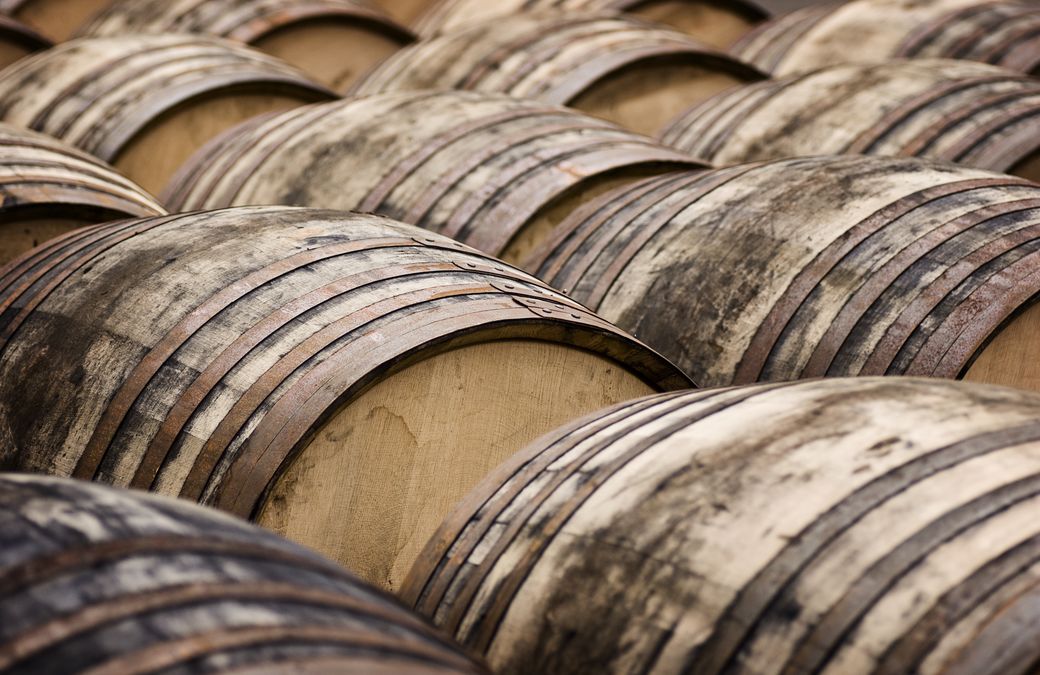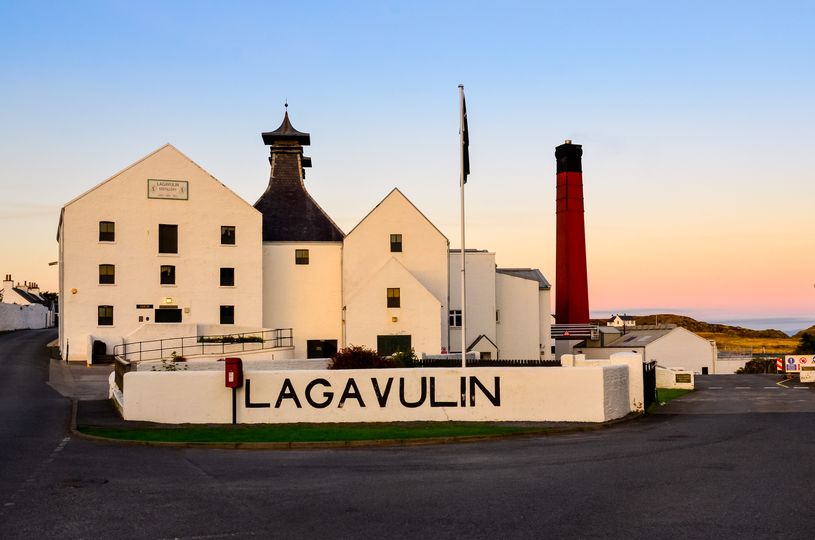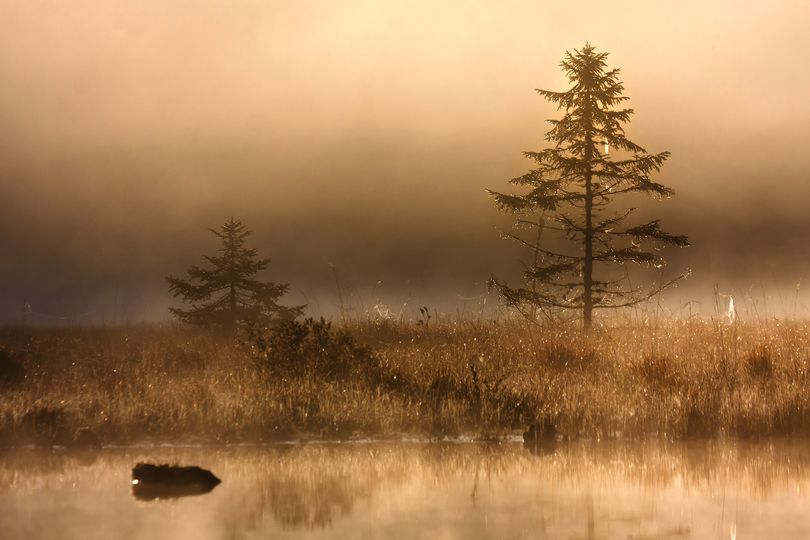Peated whisky: the true smokey in the spirits world

Winter, Bruce Ferrier insists, is whisky weather. Or, more precisely, the ideal time to break the seal on a peated whisky.
Known to the members of Australian whisky appreciation society The Gillies Club as ‘The Laird (Himself)’, he speaks with the knowledge and passion of a lifetime of dogged exploration of the spirit’s many nuances.
“Whilst I love my single malts any time throughout the year, a cold winter’s evening sitting around the fireplace is made even more enjoyable with a good Islay peat monster tantalising my nostrils and taste buds,” he says.
“Those huge whacks of smoke and peat - reminiscent of beachside campfires - with all their saltiness, iodine and char, assault the nose. Then the‘uisge beatha’ explodes in your mouth in a grungy, unrepentant, invigorating way right across the tastebuds.”
A matter of opinion
One of the wonderful things about whisky is that many knowledgeable drinkers – probably even some from within his own club – will disagree with Bruce. Vehemently. Whisky is like that. Everyone has an opinion; none is more valid than any other.
“For every drinker who’s in love with the peaty, smoky, variety of Scotch, there are three or four others who will never reconcile their tastebuds with the style. It is, quite simply, an acquired taste,” argues Andrew Derbidge, the Director and Cellarmaster of the Scotch Malt Whisky Society Australia and the man behind online whisky resource Whisky & Wisdom.
“The flavour spectrum of whisky is as broad as the church that follows it. Whilst there are many different flavour styles and categories for this spirit, one of the cruder pigeonholes is to simply categorise a whisky by whether it is peated or non-peated.
“The peated whiskies – those smoky, iodine-laden malts made famous by the likes of Lagavulin, Ardbeg, Laphroaig, and Bowmore – certainly have their fans. But they’re not everyone’s cup of tea.”
Swing voter
I have a foot in both camps, depending on the time of day or if I am having it with food.
Whisky is a great match with food. Try a lightly peated Talisker from Skye with its wonderful peppery nose with oysters; a peated Ardbeg Uigeadail from Islay with all its dark and industrial aromas and flavours alongside a simple toasted ham sandwich; or an unpeated Glenfarclas 40-year-old sherry whisky from Speyside with a Mexican mole.
As someone who enjoys both food and spirits, these are some of the better pairings I’ve found. But everyone’s olfactory senses and palate are unique.
Still, humans generally start out with a fairly simple palate: we like sweet, we like salty, we don’t like sour and hate bitter, which is considered an acquired taste. This means exactly what it says: you acquire a taste for it. So if the first time it doesn’t taste right – try, try again. We learn quickly and adapt fast.
Meet peat
Peat is the result of an accumulation over thousands of years of semi-decayed vegetation and organic matter. It’s a potent source of heat for cooking and warmth, but is also used to dry grains in distilleries, giving the resulting distillate an unmistakable aroma and flavour.
What does peat smell and taste like? It can invoke smoke, iodine, disinfectant, diesel oil and flavours of a working harbour, to enrich or assault the senses. It totally changes the beverage you’re imbibing and the chances are, you either love it or hate it. But, as mentioned earlier, it’s usually an acquired taste, so it’s worth persevering.
Is a peaty whisky only for a seasoned whisky drinker? No, I don’t believe so; a decent number of beginners will immediately love the character that peat brings to whisky. And plenty of old-hands, too.
“As I write this,” notes Bruce Ferrier, “it is half-past June in The Blue Mountains (just west of Sydney) and the overnight temperatures have been at or around zero degrees Celsius … which in short means it’s perfect peated single malt whisky weather.
“Whilst there is an ever-increasing number of peated whiskies coming from mainland Scotland these days - and many of them are quite exceptional, there is always something extra special about the Ardbegs, Caol Ilas, Kilchomans, Lagavulins, Laphroaigs, Octomores and Port Charlottes that simply insist on standing their ground against your olfactories.”
Going smoke-free
Yet, as Andrew Derbridge says, non-peated whisky is generally the more approachable style, with so much diversity to offer.
“Whether it’s the sweet, grassy, and fruity whiskies of Speyside; the drier, salty whiskies of Campbelltown or the Islands; or the heavily-sherried drams of the Highlands, there’s a non-peated whisky out there for every palate,” he maintains.
“The non-peated whiskies express the sweet barley up front, as well as allowing the esters produced during fermentation to shine through. Most are matured in ex-bourbon barrels; some spend years in an ex-sherry butt from Spain – either way, the result is a clean, vibrant, spicy spirit that satisfies on so many fronts.”
The moral of the story: Whether male or female, young(ish) or old, peat or no peat – whatever you think tastes right, is the right whisky for you.




Qantas - Qantas Frequent Flyer
11 Apr 2015
Total posts 2
An acquired taste, but once acquired its the only way and nothing else comes close now. Lagavulin 16yr old is just divine
Etihad - Etihad Guest
14 Mar 2019
Total posts 10
Peat based whiskies are a journey that one takes over many years. The destination once reached is well worth it.
Qantas - Qantas Frequent Flyer
26 Jul 2019
Total posts 1
I agree with Brett - Lagavulin 16 year old is my go-to peaty single malt. On a tour last year we were fortunate to visit Islay - my three favourite peaty whiskies are side by side - Lagavulin, Ardberg and Laphroaig. I got to try Octomore which is rated as the peatiest single malt - it is only 8 years old. It was lovely raw, but much better with a drop or two of water. Other travellers five seats away from me at lunch in Islay House could easily smell the Octomore. Cheers!
Etihad - Etihad Guest
26 Jul 2019
Total posts 1
Qantas - Qantas Frequent Flyer
17 Jul 2017
Total posts 15
Pity no one has mentioned the best peated whiskeys in the world...everyone knows the Scots stole the recipe from the Irish....try the Connemara Cask Strength, now there's a whiskey that comes straight from the bog :)
Hi Guest, join in the discussion on Peated whisky: the true smokey in the spirits world